Adam is a laser technician in a steel processing shop. His job is to make sure the YAG laser system cuts the steel sheets efficiently and effectively. One day, he noticed that one laser cutter was not performing as well as the others. It was removing too much metal as it cut at the same time wasting material, degrading the quality of the cut, and slowing down the process. From his experience with laser cutters, Adam suspected one or both of two issues with the laser:
- His laser was not being focused well enough, so the power density wasn’t high enough to make a quick cut. (Instead, it melts the steel a bit slower, causing more heat spreading in the metal, which also degrades the quality.)
- Or maybe the focus really was tight enough, but not in the right place. In other words, he has the right optical setup, but the steel sheet is not placed at the focal point of the laser beam. This has a similar end result: the laser beam is too wide (larger cut or kerf width) and the power density is too low.
Adam figured that his best bet to determine whether he was facing “Issue One,” “Issue Two,” or some other problem would be to profile the laser beam. But he works at a serious material processing company, which uses 30 kW lasers for higher productivity. After talking to a few friends in the laser measurement industry, Adam was ready to resign himself to the fact that measuring 30 kW with a laser beam profiler is all but impossible.
Until recently, we at Ophir would have probably given Adam the same sad advice. But in September, Ophir-Spiricon announced an upcoming revolutionary laser beam profiler, called BeamWatch, which measures the beam width, position, and focal length of very high-power laser beams.
BeamWatch
BeamWatch measures beam width and focal spot position indirectly, through its Rayleigh scatter. Since the beam doesn’t touch the profiler at all, there is theoretically no upper limit to the laser intensity that it can measure.
For Adam, this means a quick way to find out his laser’s focal length (for correct steel sheet positioning) and beam width at its waist (for power density measurement). With quick results and no need to change his optical setup, Adam can spend more time cutting steel and less time looking under the hood of his laser cutting system.
You might also like to read:
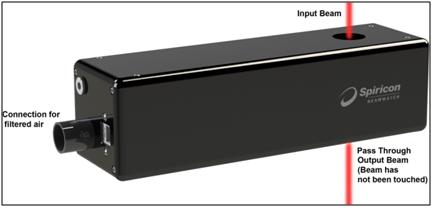
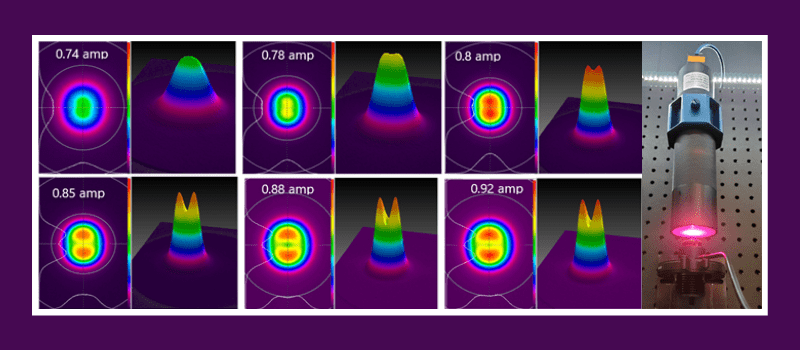
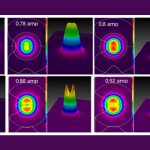


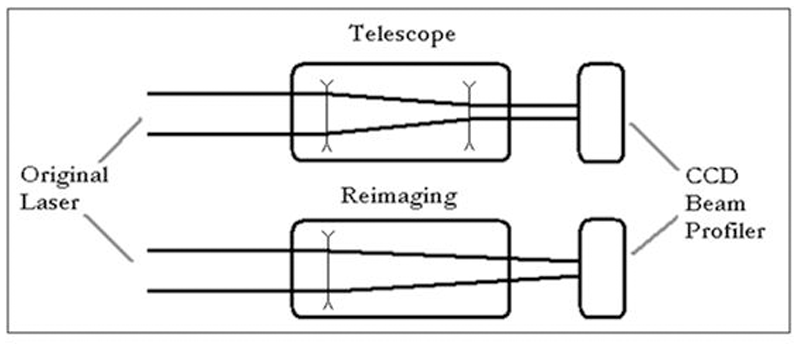
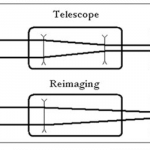
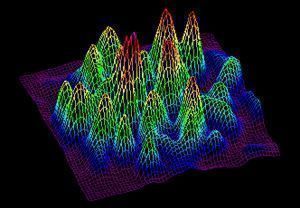
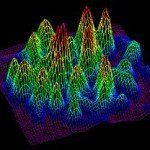
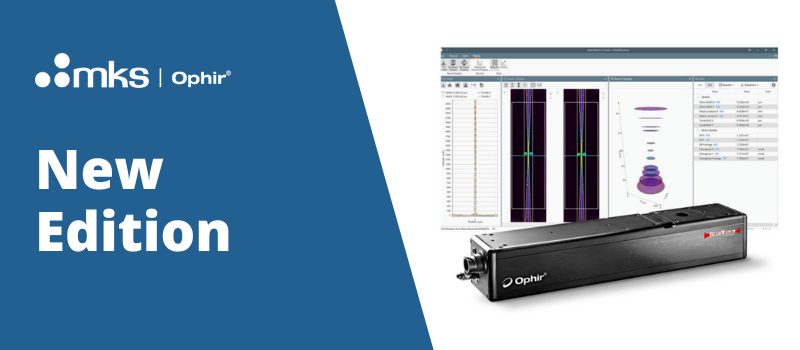
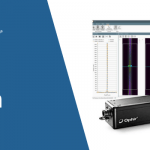
“measuring 30 kW with a laser beam profiler is all but impossible.”
I have seen 10’s of kW profiled with a “flying wire” profiler using a polished Tungsten wire. May wish to try that some time.
David, that’s a good point. To the best of my knowledge, the flying wire technique can profile a laser beam up to 15-20 kW. I know of no other method besides BeamWatch that can measure power of 30 kW – and at the focus spot, too. But correct me if I’m wrong – I always love to learn something new.
In any case, the two methods are for different goals. The flying wire measures a complete 2-D image of the laser like a camera, while BeamWatch is intended for profiling a laser’s beam width throughout the caustic to find the focus spot size, position and M2.
Effy
I have been looking around your website, and sadly enough i have not found any datasheet for the beamwatch. Am i looking the wrong places?
You can find the datasheet on the product page (in the “description” tab). Here’s the link: https://www.ophiropt.com/laser-measurement-instruments/beam-profilers/products/camera-based-profilers/beamwatch
Nice Blog, It’s a useful information about laser cutter. Thanks for sharing the post. Signvec Technology also providing cutter products like metal laser cutter, CNC laser cutter, Corner cutter, etc.
Hi signvecpteltd,
Thank you for your kind words,
We are always glad to assist our readers in their field of expertise with useful information.
Feel free to keep writing us your impressions.